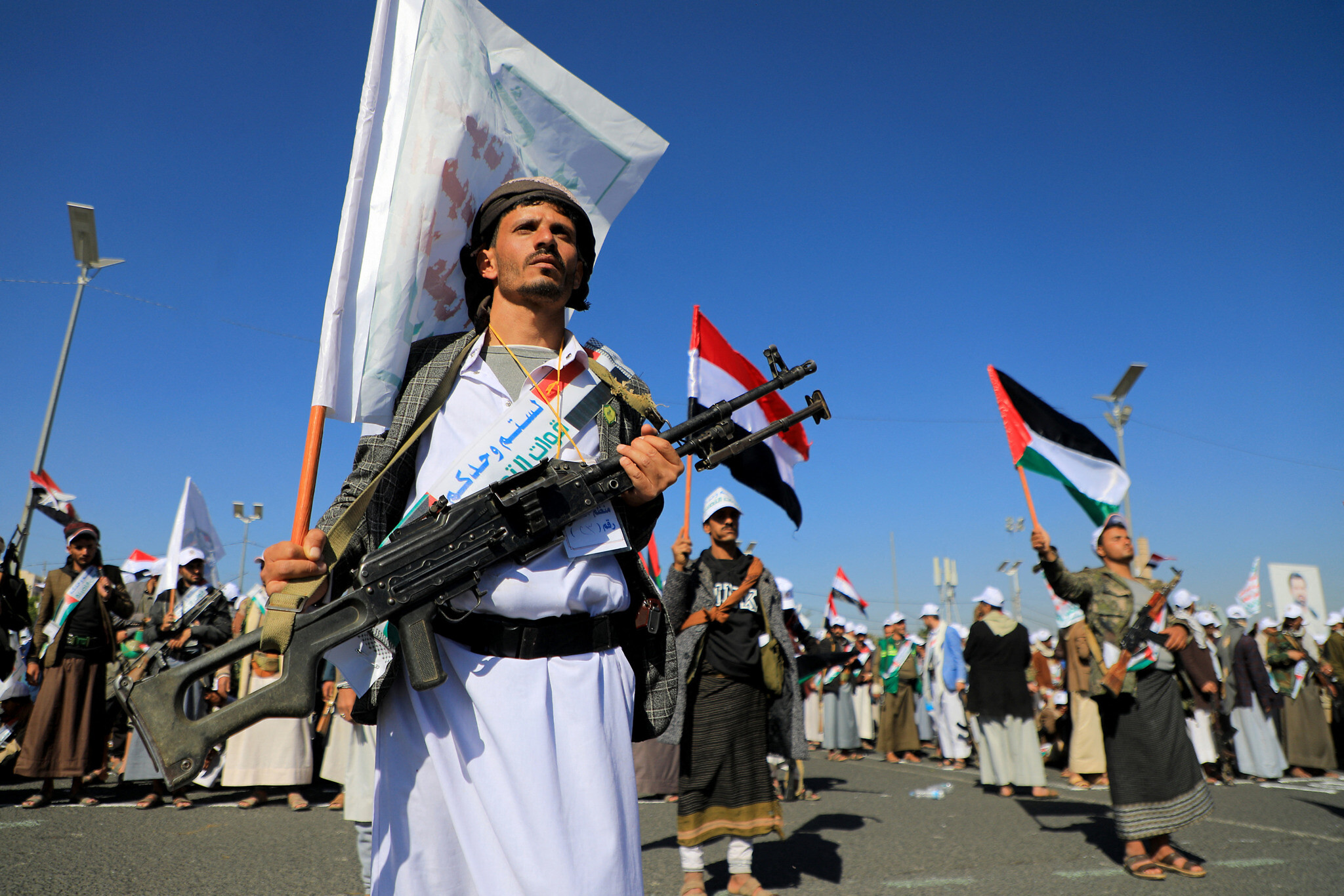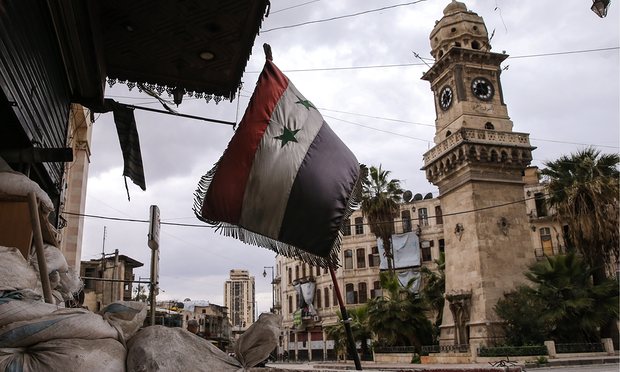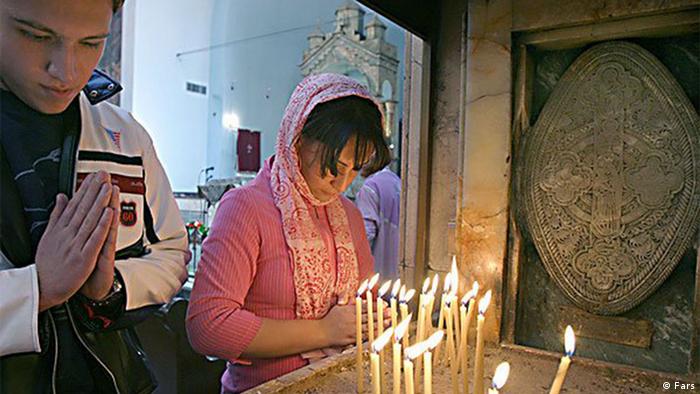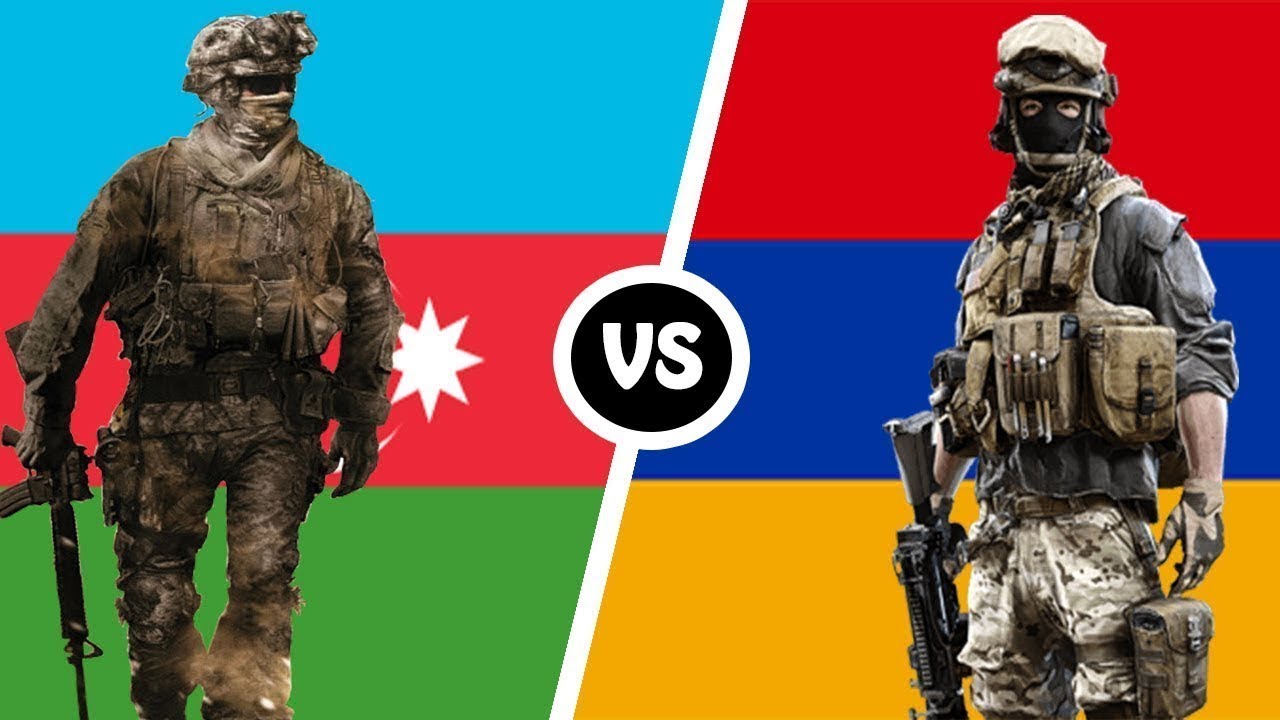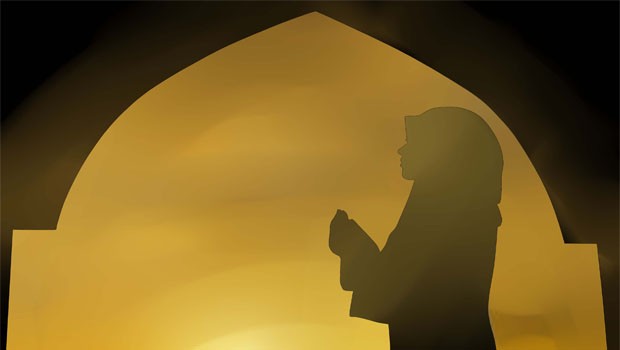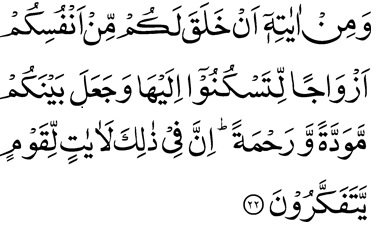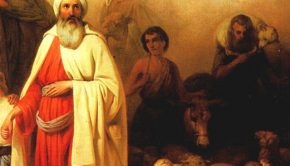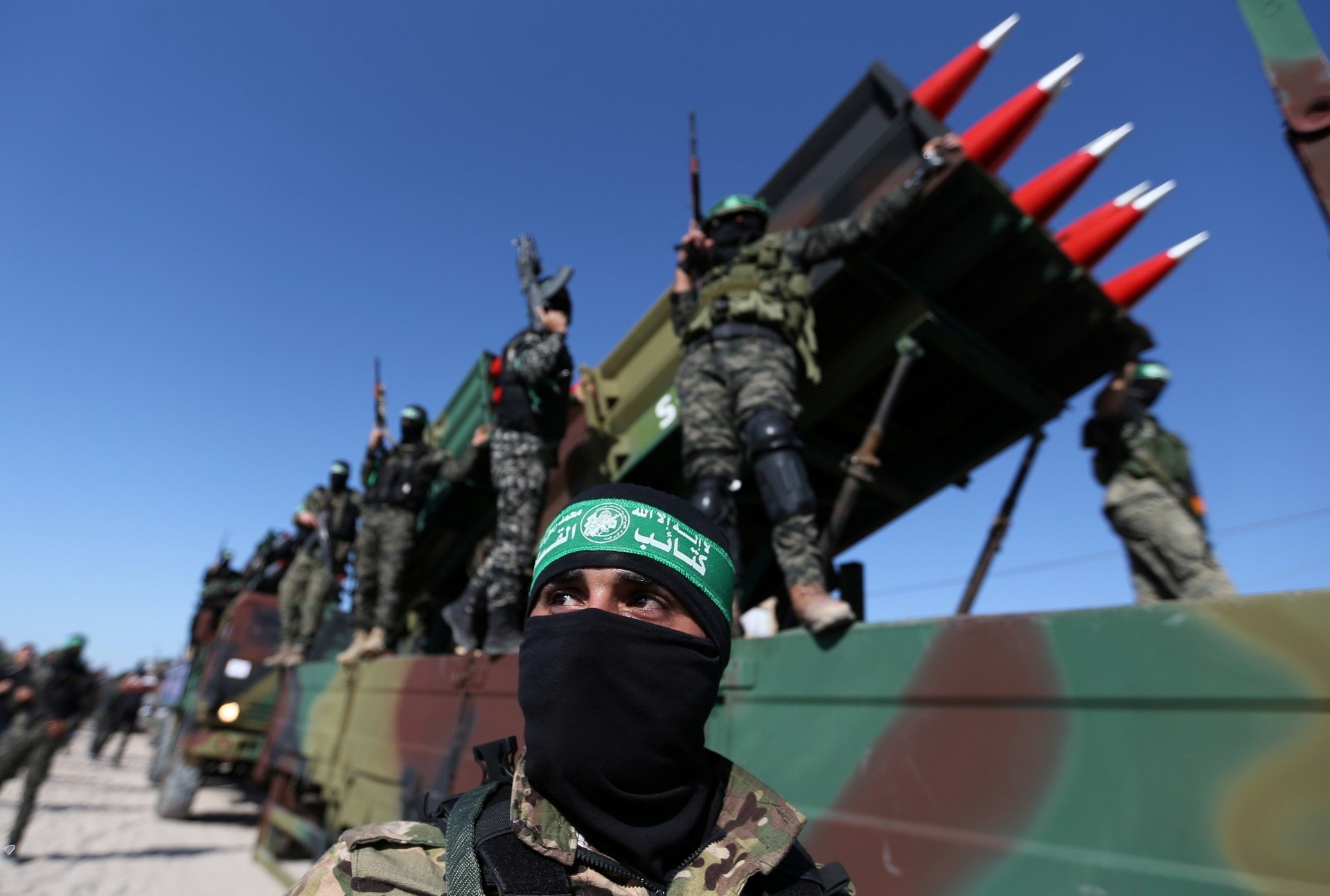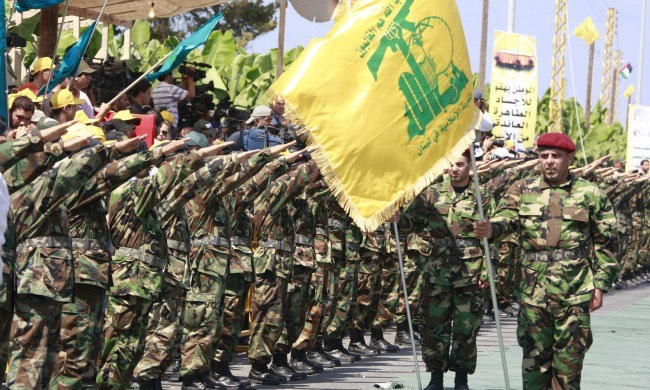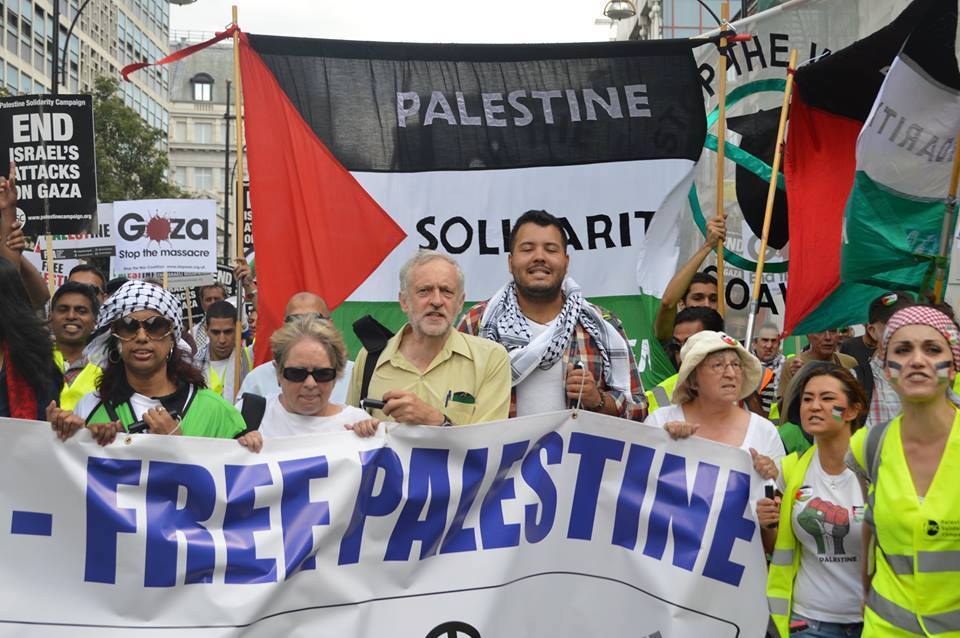A nő szerepe az Iszlámban
2015. 03. 08.
Al-Rum Chapter 30 : Verse 22
„Az Ő bizonyságai közül való, hogy megteremtette belőletek a ti párotokat, hogy őbenne lakjatok. Megtette közétek a szeretetet és a kegyelmet. Ezekben hát a bizonyságok a népnek, kik gondolkodnak”
Az Iszlám előtt, a Dzsahiliya (tudatlanság) korszakában gyakorlatilag kőkorszaki állapotok uralkodtak az Arab félszigeten. Az ókori Jemen kivételével civilizáció nem alakult ki. Barbár törzsek kószáltak a sivatagban, melyek megélhetése vagy karavánok vezetéséből, vagy azok kifosztásából állt. Ez az erkölcsiség pokolként szőtte át az életet, nem voltak rendezőerők, csak az egyéni ösztönök. Aki erős volt életben maradt, aki gyenge, az elpusztult. Az elsőszülött lányokat a hagyomány szerint élve eltemették. A nők bármely férfi prédája lehettek, így a leszármazás, apaság, kérdéses volt, a nő bemondásán alapult.
Ebbe a környezetbe jött az Iszlám rendező erőként.
A fenti aja a férfi és nő teremtéséből indul ki. Ahogy Éva Ádám testéből, annak oldalbordájából származik, úgy a férfi és nő ara hivatott, hogy egymásban éljék meg életüket. Ennek az együvé tartozásnak az alapja a szeretet és a kegyelem. A kegyelem itt megbocsájtást jelent. Az együttélés tele van napi gondokkal, emberi hibákkal. Megbocsájtás nélkül nem léphetünk túl ezeken a bajokon. A szeretet pedig minden lét, alkotás, teremtés alapja. E nélkül marad a Dzsahiliya…
Az Iszlám világot gyakran éri az a kritika, hogy elnyomásban tartja a nőket…Az emberek lehet, hogy elnyomják a nőket, mert még élnek a Dzsahiliya beidegződései, vagy törzsi, barbár hagyományok. Az Iszlám felszabadítja a nőket, jogokat származtat részükre. Nem az Iszlámmal, hanem azokkal a társadalmakkal van gond, melyek ezeket a jogokat nem biztosítják.
Gyakori vád a női lepel hordása, a szavazati jogok, örökségből való kimaradás, szexuális elnyomás, stb.
A lepel hordása nem egyértelmű. A Koránban csak annyi áll, hogy az asszonyok ne nyilvánítsák ki, csak azt, ami természetes úton magukból megnyilvánul. Ezt a Hadisz tovább részletezte és rögzítette a Dzsahiliyában előírt női leplet. Igen, a lepel a Dzsahiliya viselete volt, ennek jelét lehet látni a Palmirai szobrokon. A lepel akkoriban nem csak erkölcsi fedést biztosított, hanem a nap káros sugárzásától is védett… Ha ezeket az elemeket együtt vizsgáljuk, akkor kapunk választ a lepel okaira és annak hordási mértékére.
Fanatikus muzulmánok gyakran állítják, hogy két női szavazat ér fel egy férfiével. Aki ezt állítja, az rosszul olvassa a Koránt. Ez a helyzet csak akkor áll fenn, amikor haláleset áll be a családban és a haldokló végakaratát kell tanúsítani. Mivel a nők érzékenyebbek, az esemény jobban megviselheti őket, mint egy férfit, ezért csak ebben az esetben áll fenn a két női eskü egyenlő egy férfi esküvel, arány.. Egyébként a nők minden egyéb területen ugyanazokkal a szavazati jogokkal rendelkeznek, mint a férfiak.
A nő fele annyit örököl, mint a férfi. Ez azért áll fenn, mert a shariya szerint a kieső másik fél az nem más, mint házasság esetén a hozomány, melyet a férfi a nő számár biztosít és teljes egészében a nő tulajdona lesz…Itt egyenlítődik ki az élet folyamán a tulajdonmennyiség a nemek között.
Ami pedig a nők szexuális, oktatási és pozícionálási elnyomását illeti, ez nem csak az Iszlám országokra jellemző és nem vallások szerint alakul. Ez bármely társadalom fejlettségnek fokmérője…
Woman in Islam
“And one of His Signs is this, that He has created wives for you from among yourselves that you may find peace of mind in them, and He has put love and tenderness between you. In that surely are Signs for a people who reflect.”
Before Islam in the age of Jahiliya there was Stone Age in the Arabic peninsula. With the exception of the ancient Yemen no civilization could come up. Some barbaric tribes hanged around the desert which could get their livelihood by guiding the caravans or rob the caravans. This moral functioned as a Hell in the everyday life. There were no organizing regulations except individual instincts. Who was strong could get alive and who was weak had to pass away. The first born she-babies were buried alive according to their tradition. Women could become the prey of any man so the lineage and the fatherhood of a child were always questionable. It mainly was based on the statement of the woman.
In this environment came Islam as a power of regulation.
The baseline of the above aya is the creation itself. As Eve derived from the rib of Adam, man and woman are devoted to live their lives in each other. The basic element of that togetherness is the love and grace. Grace here means mercy. Togetherness is full of faults and human mistakes. Without mercy we can’t pass beyond these mistakes. The love is the base of being and creation. Without love Jahiliya remains.
The Muslim world is often blamed with oppressing women. The men maybe oppresses women because some reflexes of the Jahiliya and the barbaric, tribal traditions still exist. However Islam liberates women and codifies rights for them. There is no trouble at all with Islam. The trouble is with the societies which don’t ensure these rights for women.
It is a critic against Islam to force veil on women or push them out from rights of voting, keep them out from heritage, sexual and other exploitation, etc.
To wear the veil has no unequivocal opinion. In the Quran is revealed that women can not show themselves beyond the limit what their natural manifestation shows. This aya was regulated further by Hadis and it fixed veil of Jahiliya as obligatory dress. Yes, the veil was the wear of Jahiliya. This can be seen on the sculptures of Palmyra. That time the veil secured a covering against the damaging effect of sunrays and was not for moral defense. If we put all these aspects together we shall get the answer for the veil wearing and for the extent which is obligatory.
Some fanatic Muslims says that the vote of two women is equal with the vote of one man. Who says like that he reads the Quran wrongly. This situation comes up only if there is a death case in the family and if there is a need to witness the last will of the person who is going to die. Since women are more sensitive than man this situation can harm them more mentally so only in this unique case the oath of two women is equal with the oath of one man. Otherwise a woman has the same voting right and value than man.
Woman inherits half of what a man inherits. According to Shariya law the missing part of that heritage comes into the budget of the woman at the time of her marriage when she gets the dowry by the man. The dowry is the property of the woman. This is how the quantities and values of the properties can be equalized between the sexes in Islam.
Regarding the sexual, educational and positional oppression of women this is the benchmark of the particular society and is not specific in the Islamic countries and don’t depend on religious trends.
Orientalista.hu – Mihálffy Balázs



